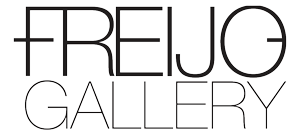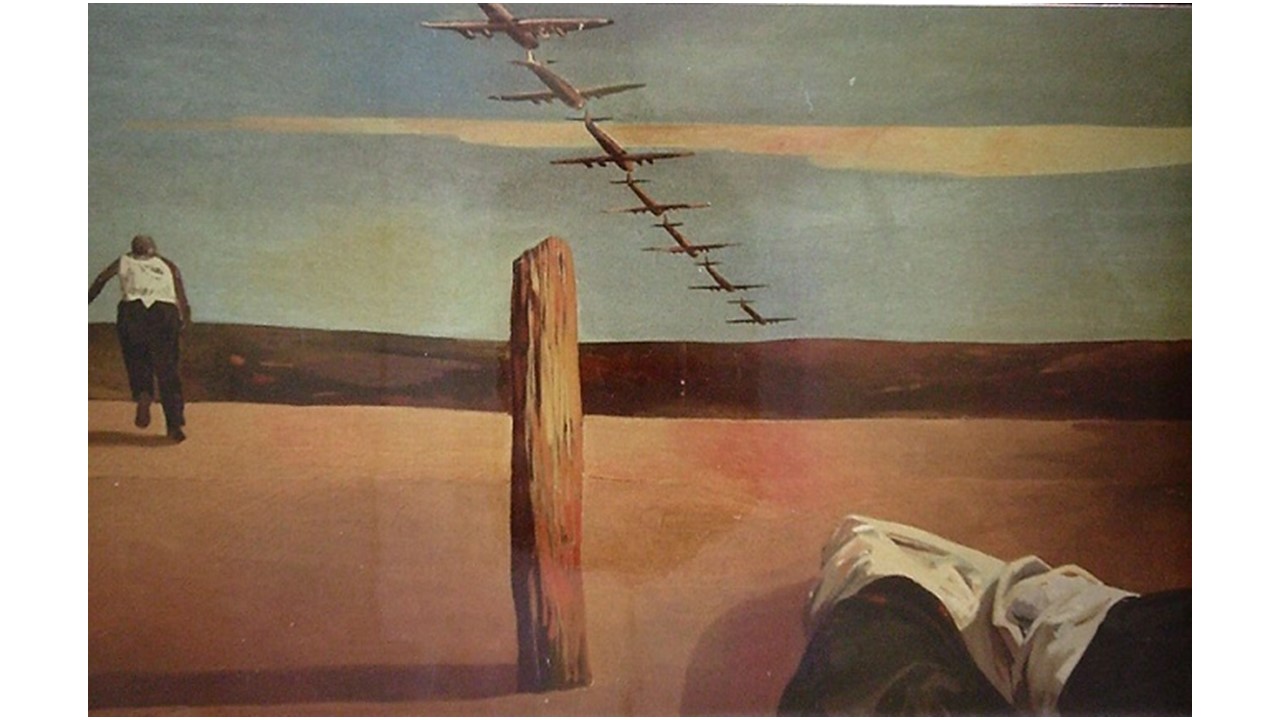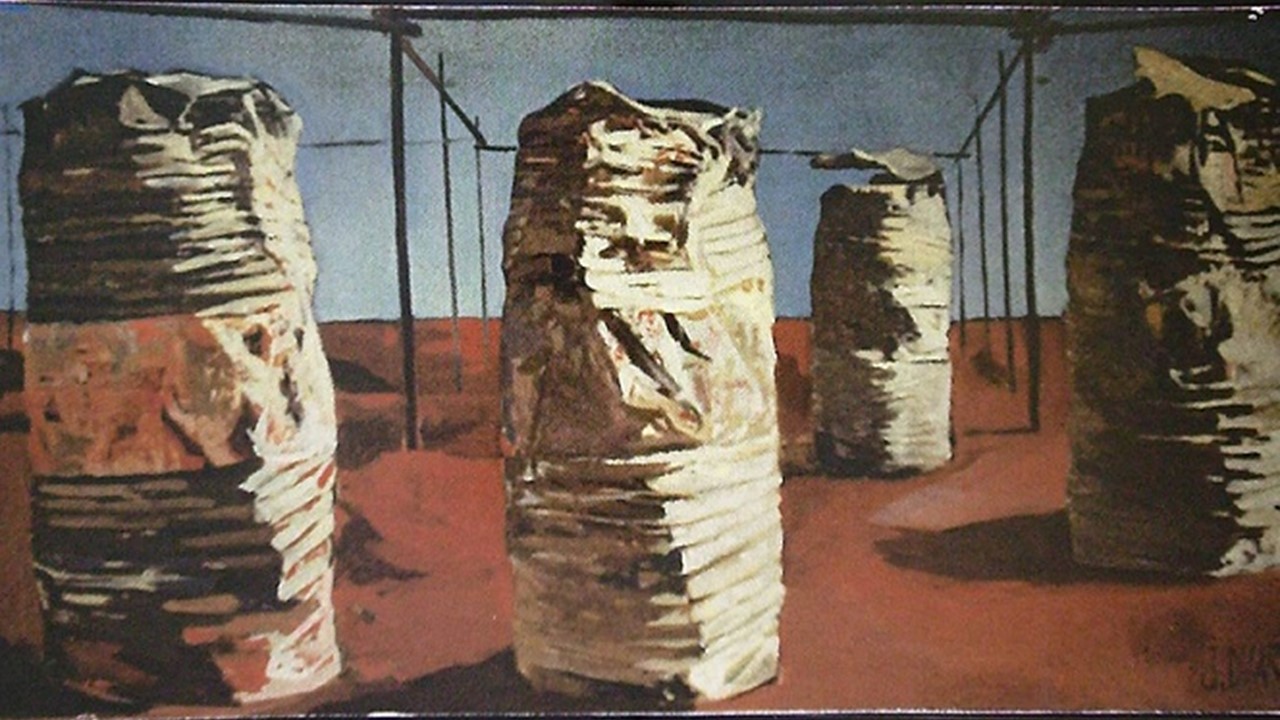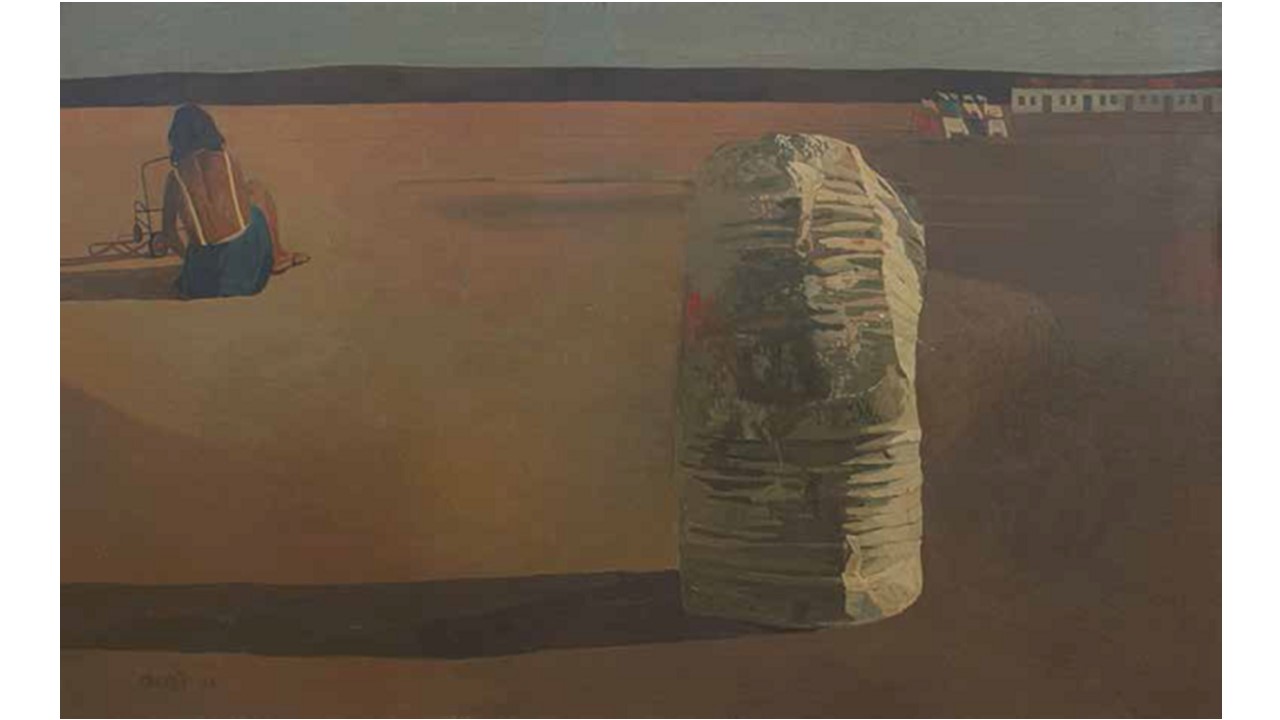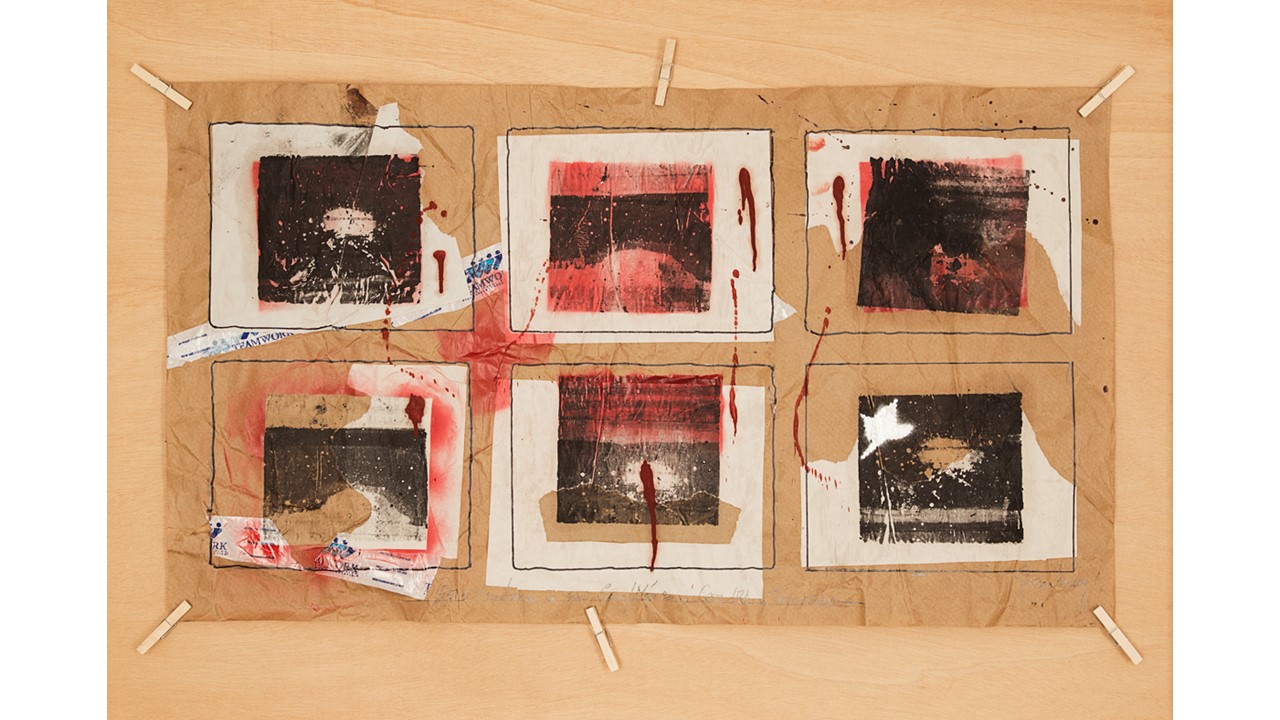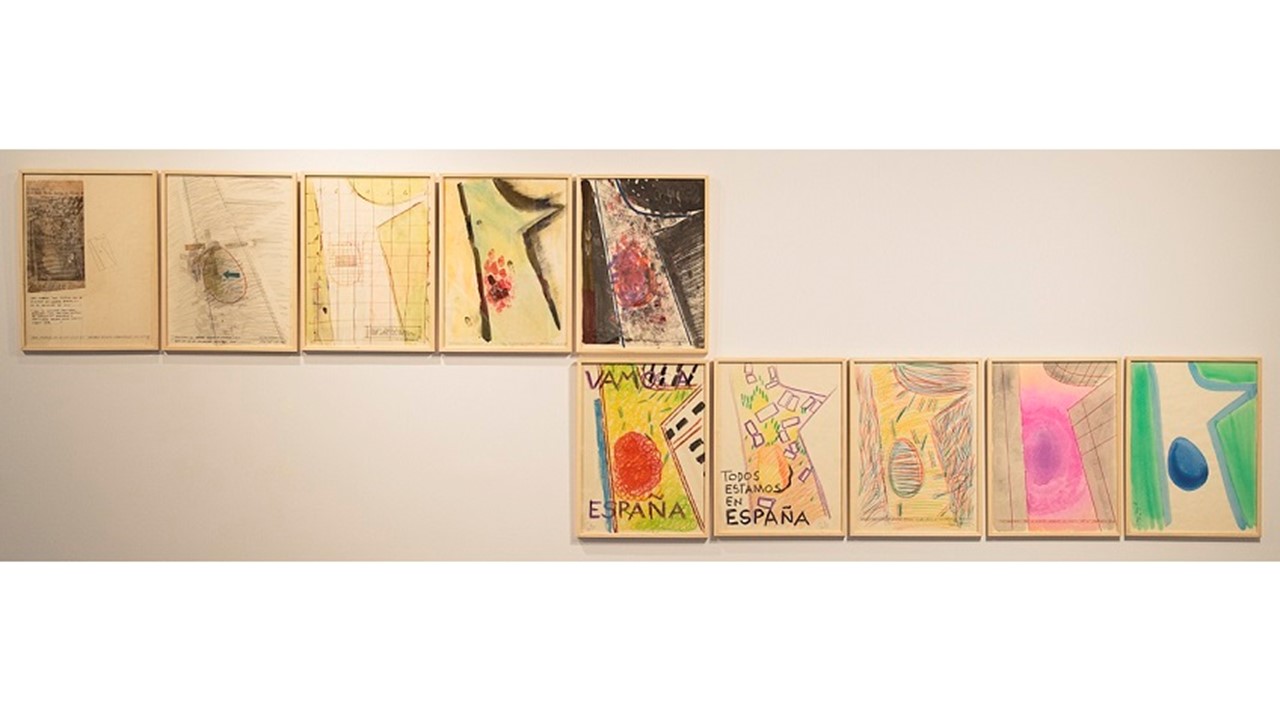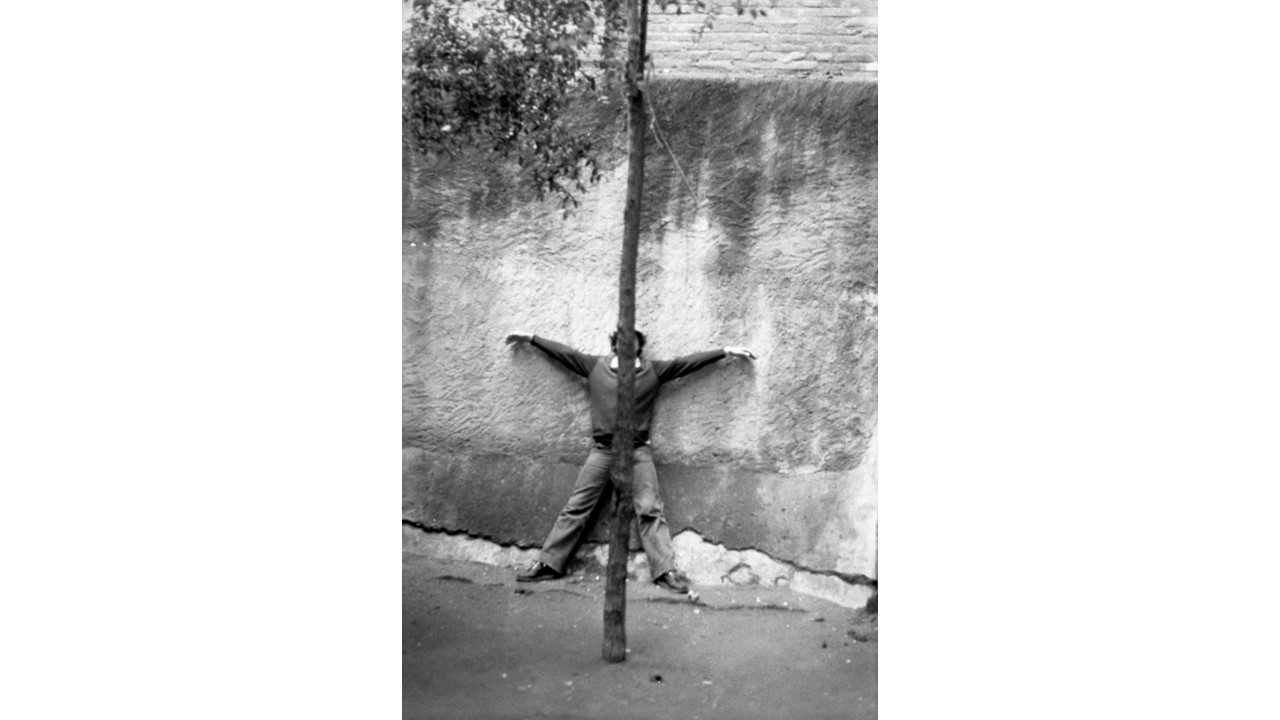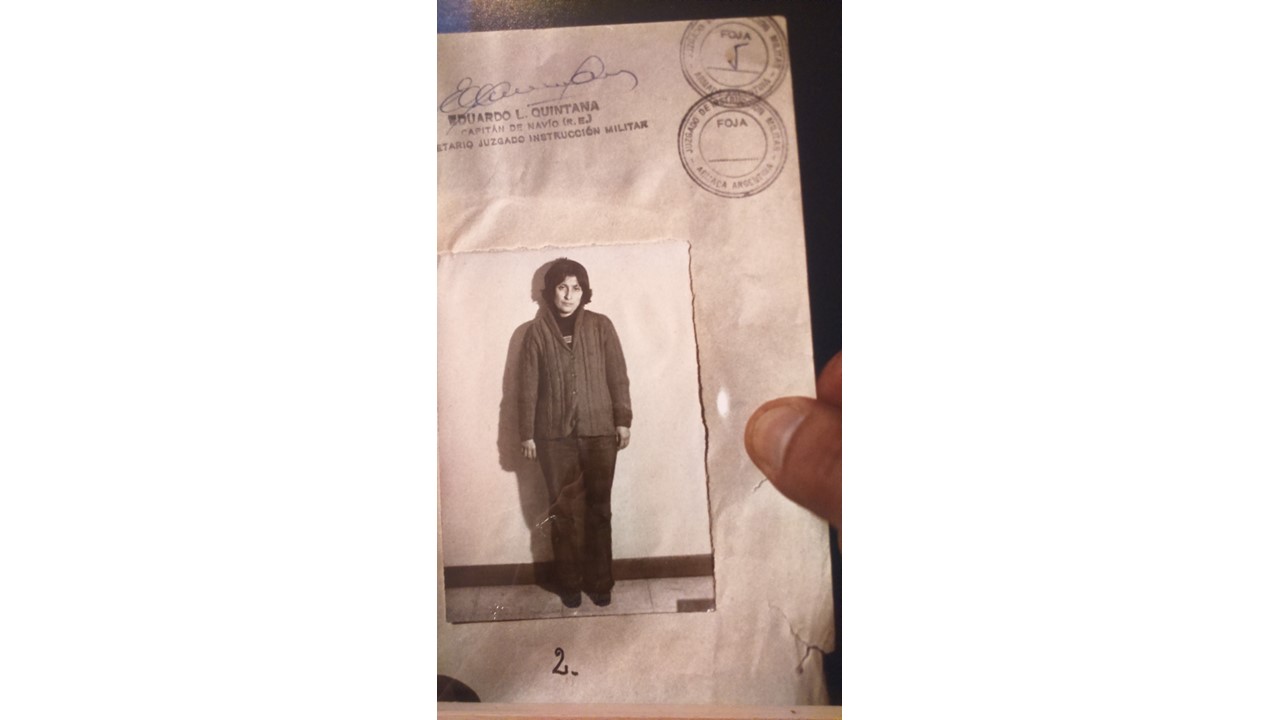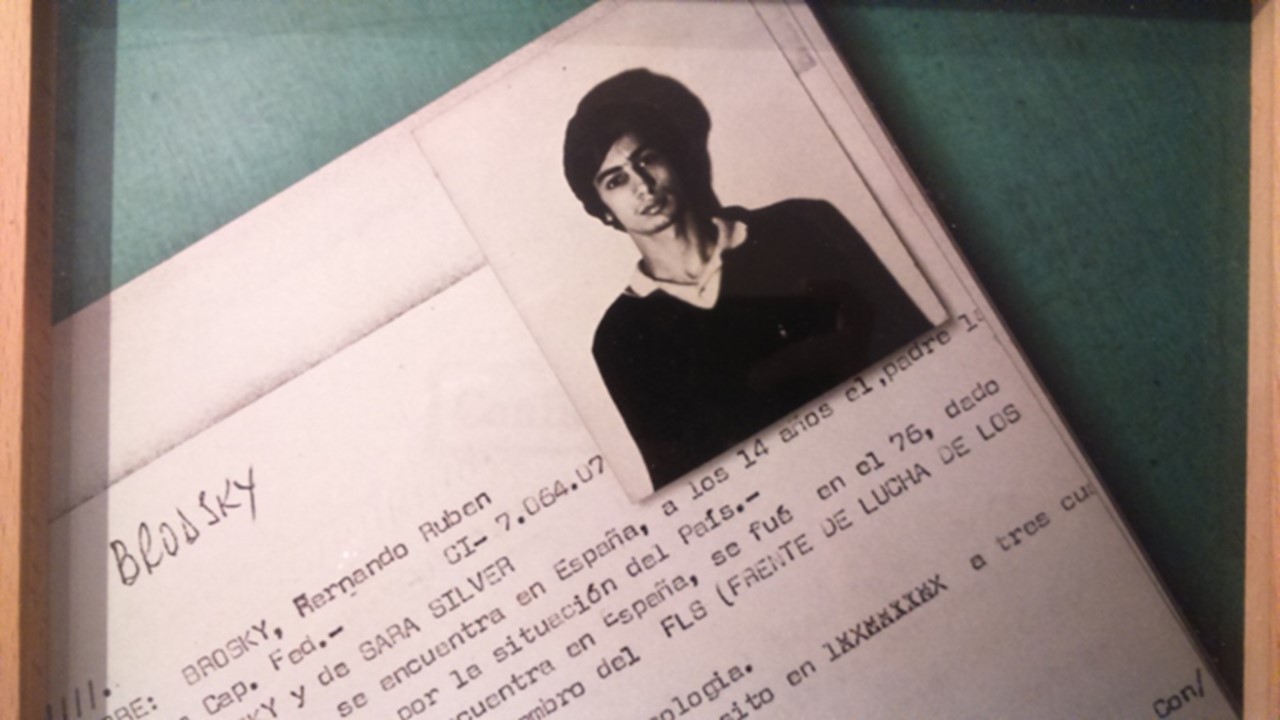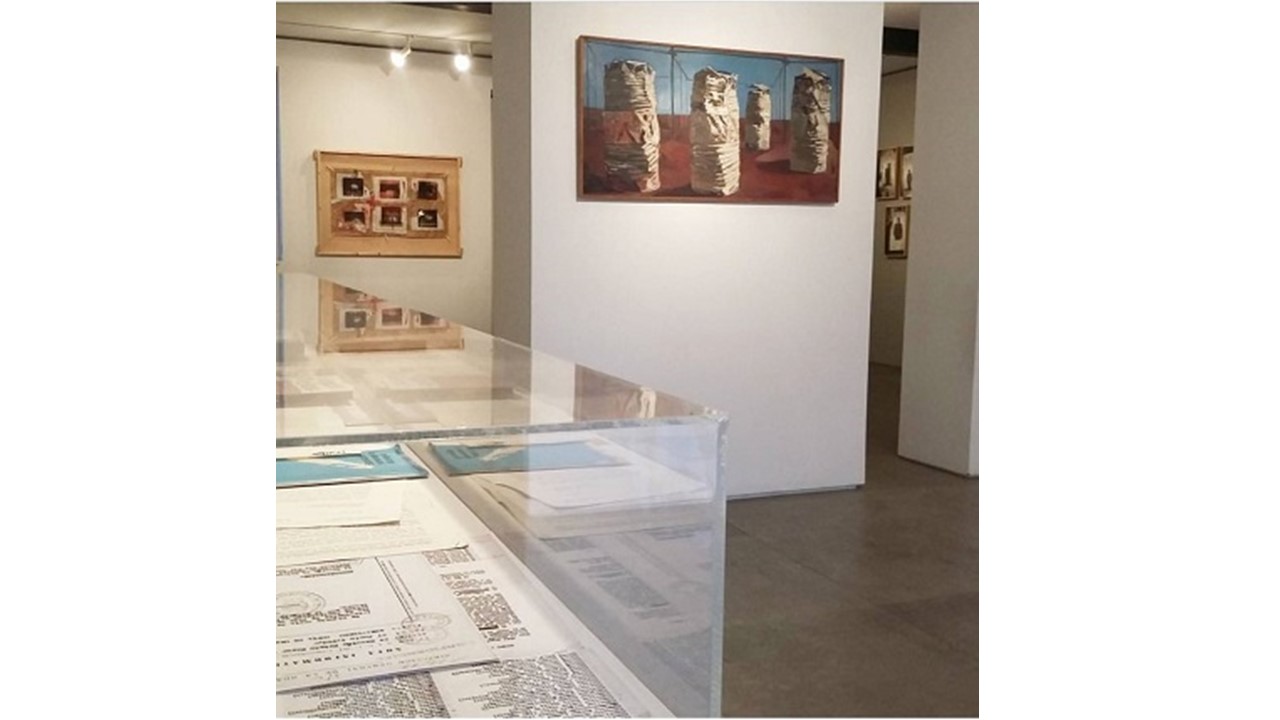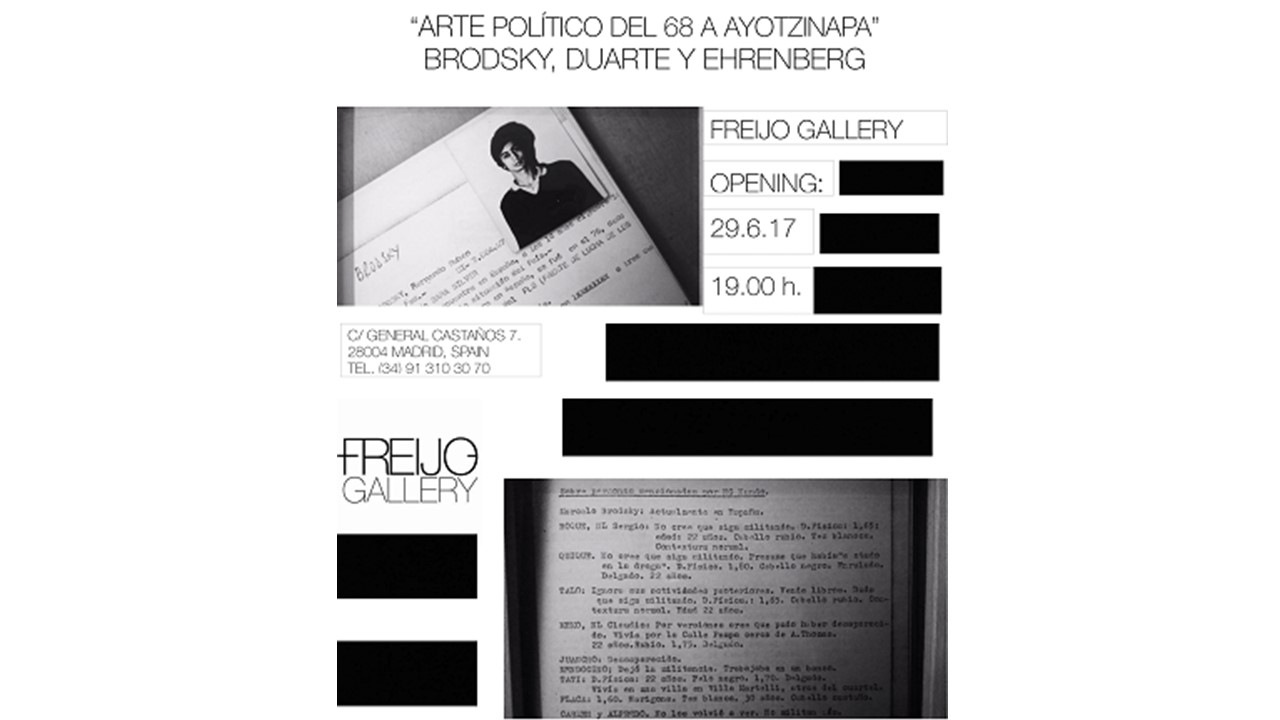Political art. From 68 to Ayotzinapa
Brodsky, Duarte and Ehrenberg
from June 29, 2017 to August 25, 2017
We are also announcing the addition of the Argentinean author, Marcelo Brodsky, to the gallery’s roster. He is recognized for his work with historical memory.
We pay homage to José Duarte and Felipe Ehrenberg.
Hay más miedo en los vencedores, que en los vencidos.....
By Manuel G. Freijo
Artists are always influenced by social changes. If we consider that one of the greatest, at the same time appalling, social changes are the warlike conflicts. Destruction would not exist if there were no previous creation, yin and yang, light and darkness. But there is one element that holds vital importance between these two events and it is the driving force. The creative force impels the human begin to broaden horizons, to discover, to investigate, to satisfy. This mixture of Eros and Tanátos, together with this driving force, generate, in turn, hope; a possibility of being able to live better and to better understand our environment.
A neural flexibility that generates encouragement, even before the destruction, even before war.
One of the most recurrent texts, when it comes to talking about war and the artists exposed to it, is the letter Marinetti wrote from the trenches of Adrianople during the First Great War; where he described to Russolo, with a thoroughness of a psychopath, the sounds in the trenches. And I quote a piece of the letter mentioned by Luiggi Russolo in his futuristic manifesto. It was the year 1913:
“every 5 seconds siege cannons gutting space with a chord ZANG-TUMB-TUUMB mutiny of 500 echos smashing scattering it to infinity. In the center of this hateful ZANG-TUMB-TUUMB area 50square kilometers leaping bursts lacerations fists rapid fire batteries. Violence ferocity regularity this deep bass scanning the strange shrill frantic crowds of the battle Fury breathless ears eyes nostrils open! load! fire!
what a joy to hear to smell completely taratatata of the machine guns screaming a breathless under the stings slaps traak-traak whips pic-pac-pum-tumb weirdness leaps 200 meters range Far far in back of the orchestra pools muddying huffing goaded oxen wagons pluff-plaff horse action flic flac zing zing shaaack laughing whinnies the tiiinkling jiiingling tramping 3 Bulgarian battalions marching croooc-craaac [slowly] Shumi Maritza or Karvavena ZANG-TUMB-TUUUMB toc-toc-toc-toc [fast] crooc-craac[slowly] crys of officers slamming about like brass plates pan here paak there BUUUM ching
chaak [very fast] cha-cha-cha-cha-chaak down there up around high up look out your head beautiful! Flashing flashing
flashing flashing flashing flashing footlights of the forts down there behind that smoke Shukri Pasha communicates by phone with 27 forts in Turkish in German Allo! Ibrahim! Rudolf! allo! allo! actors parts echos of prompters scenery of smoke forests applause odor of hay mud dung I no longer feel my frozen feet odor of gunsmoke odor of rot Tympani flutes clarinets everywhere low high birds chirping blessed shadows cheep-cheep-cheep green breezes flocks don-dan-don-din-baaah Orchestra madmen pommel the performers they terribly beaten playing Great din not erasing clearing up cutting off slighter noises very small scraps of echos in the theater area 300 square kilometers Rivers Maritza Tungia stretched out Rodolpi Mountains rearing heights loges boxes 2000 shrapnels waving arms exploding very white handkerchiefs full of gold srrrr-TUMB-TUMB 2000 raised grenades tearing out bursts of very black hair ZANG-srrrr-TUMB-ZANG-TUMB-TUUMB the orchestra of the noises of war swelling under a held note of silence in the high sky round golden balloon that observes the firing…”
In all the wars there are conquerors and those conquered, the exile and the separation. There are missing people, murders, torture and also a lot of propaganda. It is the great wheel of the cart called repression. Sometimes, even in periods of supposed peace, it appears as the wheel with sharp blades that Caligula used to mow the heads of his semi-buried adversaries.
For there is more fear in the overcomers than I the vanquished. Repression feeds from this fear. The three artists that we show in this group exhibition talk about war, pain and repression. They attempt to convey the very complex feelings which are the fruit of our worst nightmares.
But they have a duty, in which they cannot just go through the world looking the other way, no! They need to express their feelings, especially if they have to do it while being exiled, indifferent, or while in contempt. But they have an obligation and it is not with society. No –they simply do not have control of their work. The heart speaks for them, sometimes it screams for them, or even mutes them from pain. The three artists that we present were exiled, detained and above all, they were for some years, fearing the day when that wheel called repression would cross their path. But in spite of everything, they could not let it control them. Pepe Duarte, Felipe Ehrenberg and Marcelo Brodsky all lived in horror without being soldiers or patriots. They had to fight for their life and flee. Ehrenberg: for the massacre of Tlatelolco, who went into exile in Devon. Brodsky went to Barcelona and Duarte went into exile to work in a different way than he had previously. Very much in line with José Guadalupe Posada Duarte, worked in silence during the Estampa Popular period.
I will never forget the wise words of Felipe Ehrenberg: “If those responsible for the Tltelolco massacre had been tried, Ayotzinapa would never have taken place.”
For many reasons, we believe that the work of Marcelo Brodsky is more than adequate for Spanish society, as it will help the youth ask questions about the recent past of the country; something that is still taboo today.
